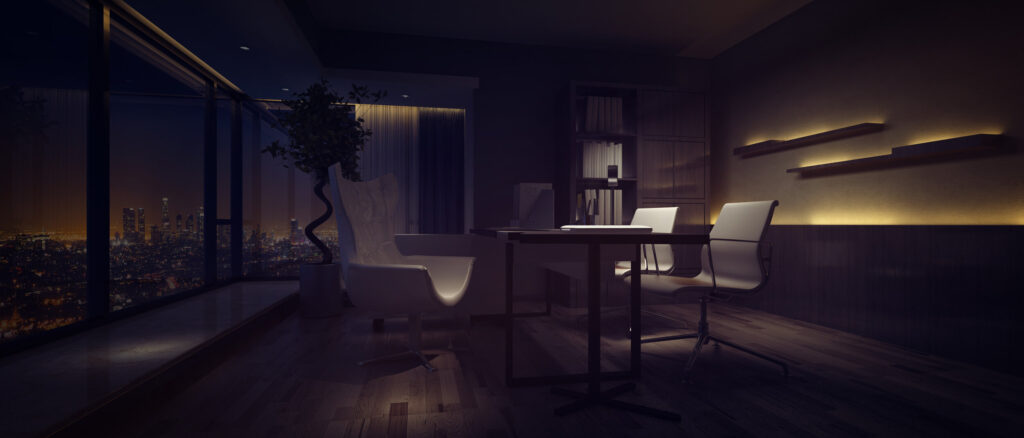The Psychology of Color
-
Warm Colors: Red, orange, and yellow evoke energy, warmth, and excitement. They can stimulate conversation and appetite, making them ideal for social spaces like dining rooms and living areas.
-
Cool Colors: Blue, green, and purple promote calmness, relaxation, and serenity. They are often used in bedrooms and bathrooms to create a tranquil atmosphere.
-
Neutral Colors: White, black, gray, and beige are versatile and can be used to create a sense of balance and harmony. They can also make a space feel larger and more open.
Color Combinations
-
Complementary Colors: Colors opposite each other on the color wheel, like red and green, create a vibrant and dynamic contrast.
-
Analogous Colors: Colors adjacent to each other on the color wheel, like blue, green, and teal, create a harmonious and soothing atmosphere.
-
Monochromatic Colors: Different shades and tints of the same color, like various shades of blue, create a sophisticated and elegant look.
Color and Space
- Light Colors: Can make a room feel larger and more open.
- Dark Colors: Can make a room feel more intimate and cozy.
- Bold Colors: Can be used as accent colors to add a touch of personality and drama.
Creating the Desired Atmosphere
By carefully selecting and combining colors, designers can create a variety of atmospheres, from energizing and vibrant to calm and relaxing. Here are some examples:
-
Spa-like Retreat: Soft blues, greens, and whites create a serene and peaceful atmosphere.
-
Modern and Chic: Black, white, and gray create a sleek and sophisticated look.
-
Playful and Fun: Bright colors like yellow, orange, and pink create a cheerful and energetic atmosphere.



